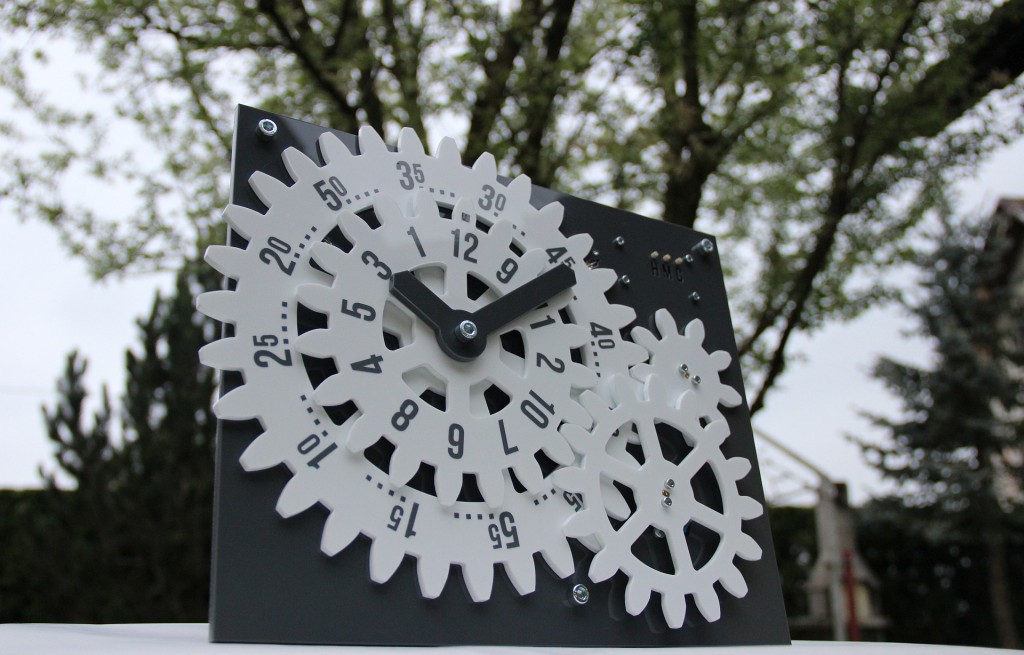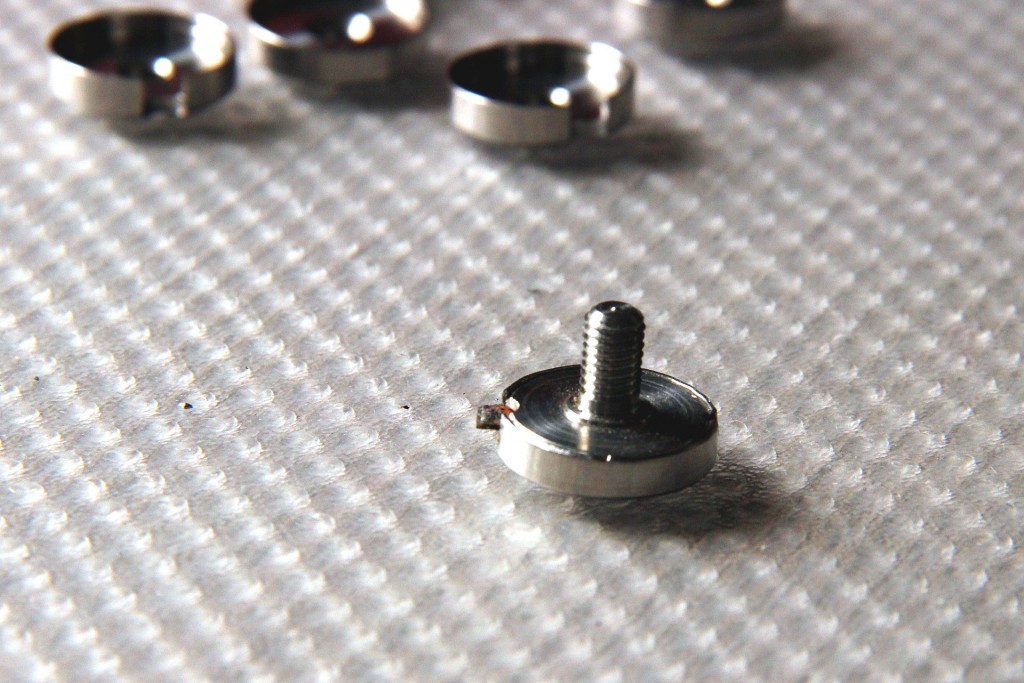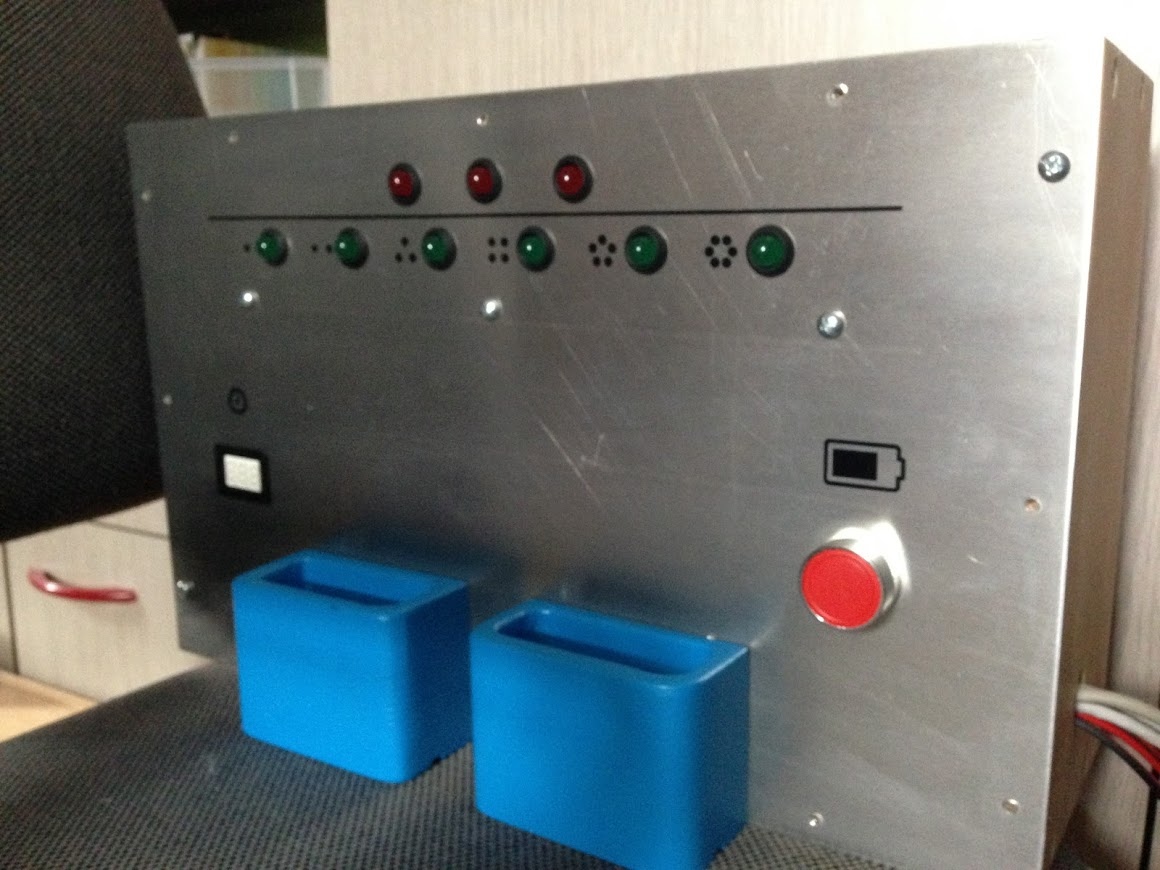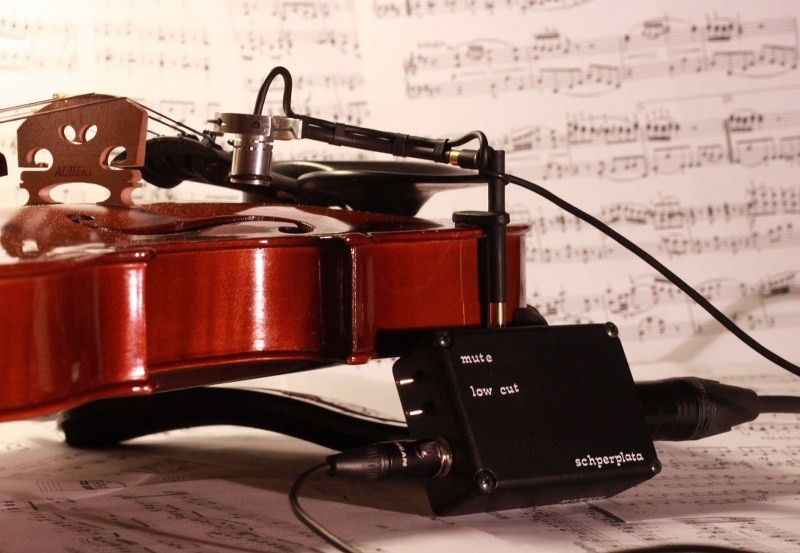Our projects are sometimes very demanding and high tech but others may be just a reinvention of the wheel – we do it just because we can or want to. Below you can find some examples, but for ongoing stuff, you should check our blog.
Serious Projects
Chaotic-Tock

Chaotic-Tock is not just a clock gone cuckoo. It is a clock gone cuckoo with style.

This is a designer clock made to make you rethink things we take for granted. It’s called Chaotic-Tock.
It is a completed project ready to go directly to production and it has also been featured in an Indiegogo campaign but failed due to lack of funding and marketing skills. We are willing to sell to an entrepreneur everything needed to start production, that is technical documentation, 3D models, technical drawings, electrical circuits, software, source code, manuals and other documentation. We can also provide training and support to investors.
Knof


This is a custom force sensor/load cell developed for a specific purpose with very demanding requirements:
- force sensing in both directions
- overload protection in push direction
- very compact, thin shape
- simple design and cheap production
- no creep or hysteresis
- digital communication of measurement results
Slight modifications of design allows measurements of a wide range of forces (1N to 10 kN). The measurement is not done with classical strain gauges that need to be installed manually so the production is very cheap, quick and simple.
The sensors were developed up to a point of a working prototype and were also incorporated in a working prototype of a force-based power meter. The development took around 3 years during which about 50 prototypes were made.
#knofAs with the Chaotic-Tock we can provide all the research and knowledge we acquired during development, including calculations and analysis, 3D models, drawings, electronics and source code. Unlike Chaotic-Tock, this is not a finished project – it is more of a platform to be used in design of more complex products that include force sensing. Therefore we will provide any help and support to a team that will incorporate them in their products.
Labyrinth Ljubljana

Damogran Labs has developed a complete control solution for unique interactive game called Labyrinth Ljubljana in Slovenia. We created control electronic, PC software, controlled flashlights and other smart hardware (drivers, sensors, clues, …). Technical aspect of this project doesn’t need any investment. It is ready to use and be tailored to a customer ideas and games.
TriPo


“Cycling power meter for everyone.” One of uses for Knof (force sensor) is in a cycling power meter. That is our ex project called TriPO. Its aim is to be the cheapest power meter on the market and because of its design it also has a number of other advantages over other power meters. The project was suspended on 2016 due lack of investment and team interest.
The Semi-serious projects
We have been doing something all the time, since childhood, and here’s something of what we’ve done so far.
It all began years ago – as soon as Lego bricks were not enough, we started to tamper with real tools from our home workshop. As kids, we tore apart every working device and reworked it to a non-working or different-working device.
However, some of those things are still in use and still work well!
Audio Compressor And Preamplifier
Guitar/bass speaker
At the end of the high school Domen earned a trip to Italy with his audio compressor and preamplifier. As with all other things, audio compressor in theory looks simple, something like voltage controlled signal divider. Well, it is far from that. We know quite a lot about compressors now, LDRs, attack and release times, … and other pure analog electronics.
Compressed Air Motor
This was Nejc‘s mechanical engineering diploma project. A compressed air motor with multi-stage expansion, each stage having variable geometry and heating before and after, it was very sound in theory, but in reality the complicated design lead to huge sealing losses. However, the theory still holds and in the future, an update will be made, switching to cylinders with somewhat more sophisticated electronic control and no sealing problems.
Instrument Condenser Microphone
V-one - violin clip-on microphone
Another audio project. It is quite hard to satisfy instrument audiophiles with low budget products. Its cardioid pattern sufficiently eliminated surrounding noise and its phantom powered preamplifier had features like “low cut” and “mute”. This was the first product that was actually sold online.
The Not-So-Serious Projects
…mostly harmless, but always fun!



